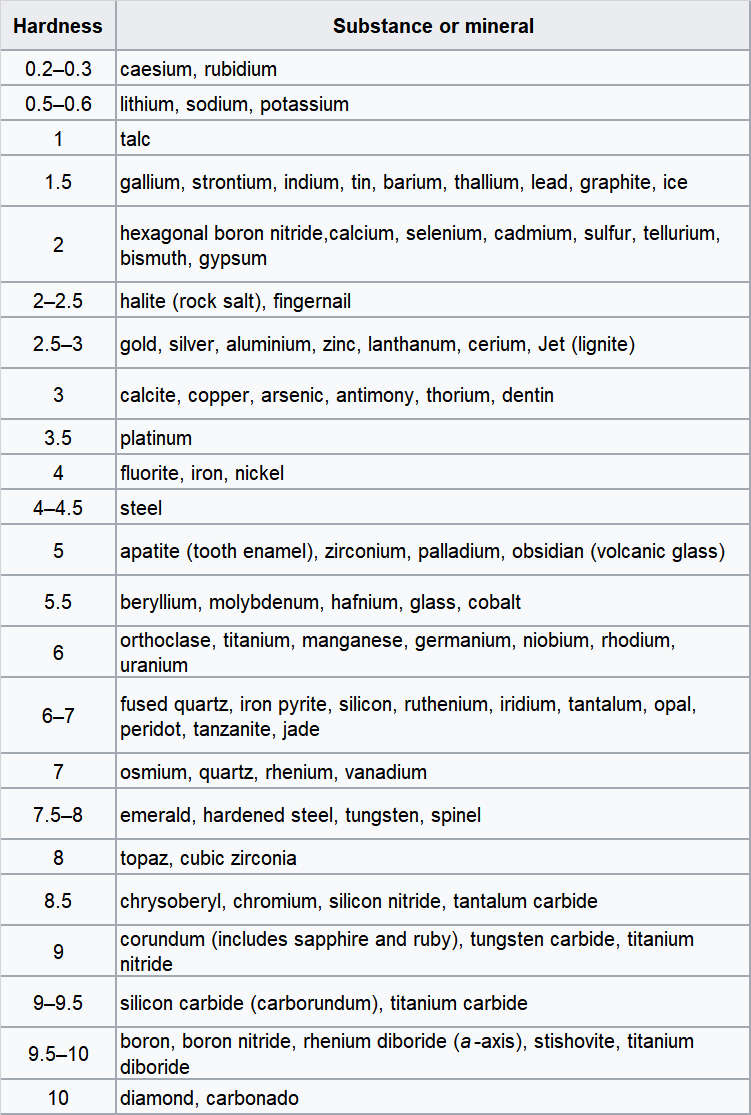Everything you need to consider before you buying a tempered glass screen protector( Part II )
- MDOutlet
- Feb 1, 2019
- 4 min read
We had talked about the distinguish between 2.5D and 3D tempered Glass last time. In part II, we have some insight into it’s hardness, thickness and the key material and discussion the reason why there is a wide price range for the tempered glass. Is there a difference between cheap and expensive tempered glass protectors for smartphone?
1) The Materials
Quality of tempered glass is very much influenced by the brands and the place of origin of the materials used. Recently, the most popular glass with superior quality are Gorilla (developed and manufactured by an American multinational technology company Corning Inc.), Dragontrail (manufactured by a Japanese global glass manufacturing company AGC Inc.) and Schott AG (from an international glass manufacturing group in Germany). The difference in the scratch-resistance outcome between these glasses is not huge. On the other hand, the price of those screen protectors which are made from Chinese glass is low, but the quality varies largely.
2) The Manufacturing Process
To ensure that the tempered glass are of good quality, proper supervision and adequate quality control are necessary during the production processes.
The above steps are the main factors that influence the quality of a tempered glass, if problem occurs during the process, it may weaken the glass and even increase the likelihood of breakage.
3) Hardness
You may have noticed that on each package of glass protectors has the mark of 9H, Some people may think about Mohs Hardness Table and say that the protectors are only weaker than diamond! In fact, it is not! So, what does 9H marks on glass protectors mean? The H means the hardness of pencil
source from: wikipedia
If change to the scale of Mohs Hardness, smartphone glass is usually placed at 5-6 and high-quality glass is at a hardness of 6.5. A diamond is at the highest 10. This hardness is measured by the ability of minerals to scratch each other’s surfaces. For example, coins, knifes and keys, which are usually made of copper, iron and steel, can’t scratch Mohs 6.5 glass screen protectors. Yet, even though premium tempered glass screen protector can offer protection from scratches and impacts, you have to avoid putting it with anything with high scale like sand, which is placed at 7 and exit everywhere.
What’s more, glass is a naturally fragile material. In order to enhance the hardness of the glass and make it not to break easily and hurt the users, it has to undergo the process of tempering. And the tempering time generally around 4 hours. If you find the price is too low but it is claimed that the glass is tempered for 4 hours, then be assure you are not getting the right product. As it’s a time- and cost-intensive process which help to bring out the product of high-standard. Therefore, the actual tempering time for those low-priced glass screen protector are just 1 hour or 1.5 hours at the most.
*Normally PET film protector (a type of plastic) and TPU protector are only placed at 2-3 of the Mohs Hardness scale, which mean these type of screen protector have limited impact protection
4) AB Glue Coating
As the tempered glass cannot can be electrostatic adsorption on the phone's screen like plastic film protector, so a thin layer of two-side glue is added to make the screen protector to be attached to the phone’s display. This double-sided adhesive is called AB glue. The general brand of AB glue are NIPPA/Nipah (Japan), Toyo (Japan) and TMS (South Korea). Except these brand, other brands of AB glue will appear a certain probability of problems, such as low screen clarity, easy to generate bubbles and edge lifting up problem.
5) Oleophobic coating
With oleophobic coating, it means your fingerprints won’t stick to a tempered glass. Although there is no glass protector with complete anti-fingerprint function, it prevent it to adhere to the glass. Without the use of any extra cleaning methods, just a simple wipe of a soft cloth will leave the smartphone looking brand new
Oleophobic Coating usually can be divided into 3 kinds of crafts: smear by hand, sprinkle by machine and electroplate. The best electroplate effect can last more than two months, the surface of the screen protector is much smoother, helps the glass to become more scratch resistant, anti-fingerprint, anti-oil and anti-dirt. While the type smear by hand can only last a few days.
Yet, most of the cheap tempered glasses even do not have Oleophobic coating at all and you may finds it really difficult to remove the fingerprints, dirt and dust .
6) Thickness
Similar to hardness, thickness also varies in screen protectors. And the most common type of screen protective are 0.33 mm in the market. For the glass material, the cost of 0.1mm is the highest and 0.4mm is the cheapest. The main aspect that can have a significant effect on touch is the thickness, a thinner tempered glass screen protector offer you naked screen experience.
Finally, A screen protector, especially a tempered glass protector, is necessary if you don’t want to collect scratches on the smartphone screen due to everyday usage. Yet, a screen protector won't protect your device from everything and is not unbreakable. But it is an additional layer of protection for your phone, which help to avoid costly screen repairs and a scratched touch screen, just see it as an added insurance in case something does go wrong.
.png)









